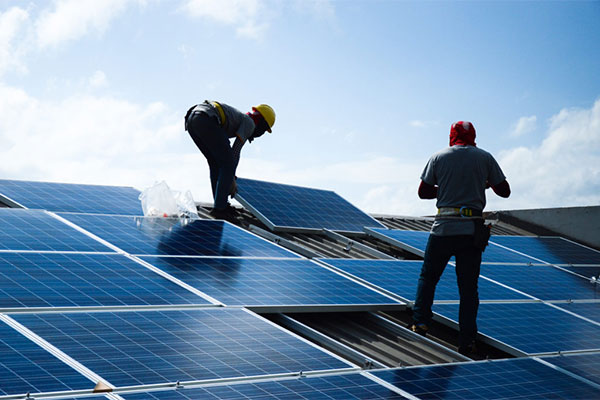On 26 Aug 2014, IEEE Spectrum published “Solar Energy Isn’t Always as Green as You Think” exploring the question whether cheaper photovoltaics come with a higher environmental price tag. A treatise on solar energy markets and technology believed to have completely missed the point.
IEEE Spectrum starts by laying down a substantiated background on solar energy manufacturing trying to link this process with a trail of chemical pollution.
“It turns out that the time it takes to compensate for the energy used and the greenhouse gases emitted in photovoltaic panel production varies substantially by technology and geography”
The article goes further to explain the environmental effects after photovoltaics manufacturing moved from Europe, Japan, and the United States to China, Malaysia, the Philippines, and Taiwan.
While this article does point out that the solar industry has some issues to work out relating to environmental pollution, it falls short of actually providing a detailed critical analysis as it should.
It is difficult to take anything useful from this article as it is all taken out of context. Yes, you would need to compare the scale of fossil-fuels to the scale of solar and do a proper comparison, but still yet, this is lacking.
There are some factual inaccuracies in this article:
1.) They mention the disease silicosis. There is nothing else provided. Stating the disease in the way it is stated is clearly fear mongering. Ever heard of black lung? Not to say it does not happen, but still yet where are the numbers.
2.) Trichlorosilanes are toxic, however, again, the article does not provide any relevant metrics for accidents concerning the chemical.
3.) The author mentions the use of hydrofluroic (HF) acid for …”manufacturers rely on hydrofluoric acid to clean the wafers, remove damage that comes from sawing, and texture the surface to better collect light…HF is used to remove oxides from silicon wafers. It can be used in a process to remove saw damage.
However, for the “commodity” type cells that this article addresses that are produced largely in China (and other Asian countries) HF is not used for saw damage or texturing.
An alkaline etch involving KOH (potassium hydroxide) is utilized both for saw damage and for texturing. HF removes chemical oxides from the silicon leaving a virign silicon surface appropriate for growth of high quality oxides or deposition of other passivation coatings.
4.) We would like to see substantiated data behind the article’s prediction that thin-film technology will grow in coming decades. Besides Hanergy buying up every “defunct” technology, there are other companies such as First Solar.
Our view is that First Solar’s CdTe technology can fulfil certain market spaces, but silicon will remain the predominant technology in coming years. The $/W is far too attractive and will continue to fall. Even First Solar has acquired a silicon-based cell technology (Tetrasun).
The insertion of the thin-film argument greatly weakens the objectivity of this article as it essentially assumes that thin-film panels produce no harm.
5.) Again, the article mentions a specification of PV in terms of water use, without the comparable numbers for a fossil-fuel based plant.
While we are not stating that PV is completely “green”, this article has several inaccuracies that weaken its credibility.
In general, the article does a very good thing in bringing this issue to light. Things do need to be done (and are actively being pursued the world over) about making the production of solar cells and panels more clean and efficient. However, we would recommend more data to substantiate claims put forward by this article.
















Comments